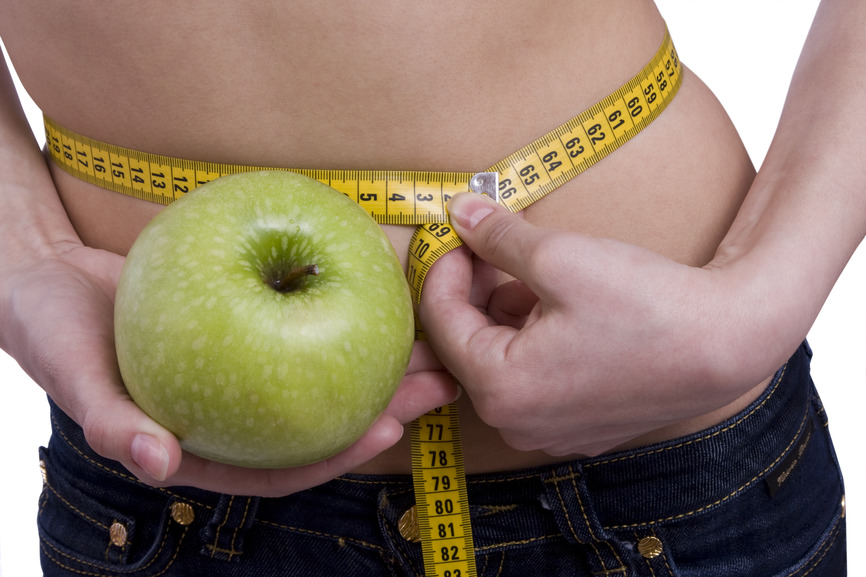With so many new and “revolutionary” training methods constantly advertised in television, magazines, and on the internet these days, it is easy to get lost in a sea of false promises. However, luckily, you have ended up in the right place, as my goal is to help you lose belly fat and achieve your own fitness goals, not sell you a product or service.
Introducing High Intensity Interval Training
In this article, I will go over one of the oldest yet most effective and engaging type of training ever created. The method of training I am referring to is HIIT or High Intensity Interval Training which has been widely used by athletes and celebrities to get in shape quickly since the early 1970s.
Targeting Fat Loss
HIIT training works so well because there is no rest in the entire workout, this has a greater impact on the number of calories you burn than standard routines and will therefore target your bodies’ fat stores more aggressively. Our bodies as efficient as they are find it necessary to store excess fat in fat stores for later energy use. This is why you will notice fat build up in certain areas like your stomach, thighs, or hips.
Where your body chooses to store this fat is different between each individual and by first recognizing where your own body is likely to store fat, you can begin to fix the issue. But keep in mind, when you lose fat there is no way to control exactly which area the fat loss comes from and to eventually drop that stubborn belly fat most people experience, you will need to drop fat from your entire body.
What is HIIT and why it’s so effective in losing weight
Now that you understand that concept, we will go back to discussing HIIT training. The way HIIT training is able to allow you to keep moving the entire workout, is by alternating between low to moderate training periods (used to recover) and high intensity training periods. The lengths of these periods can vary, as there are many forms of HIIT training out there, but the same core techniques will always apply.
Keeping your body moving the entire workout is what makes this style of training so effective, because by keeping your heart rate elevated the entire workout you are burning more calories in a shorter time period.
Raising your Resting Metabolic Rate
However, the effect HIIT training has on fat loss does not stop there; it does something even more unique in the next 16-24 hours following your workout. By increasing your bodies EPOC( or Excess Post-Exercise Oxygen Consumption ) HIIT training will actually raise your Resting Metabolic Rate ( the rate at which your body naturally burns calories ) for up to 24 hours.
If that was not enough benefits for you, another way HIIT’ style of training can benefit you is increase your cardiovascular health and reduce your risk of cardiovascular diseases. This to me is the most important thing for you to consider in the long run and why HIIT training is truly helpful to your overall health.
Nevertheless, by now you are probably wondering how YOU can incorporate HIIT training in your life, so I will go over a few simple techniques you can use. First, as I said HIIT training comes in many varieties and the workouts are relatively short (10-30 minutes). The workouts can vary from weighted routines with dumbbells, barbells, or kettle bells to just running on the treadmill. The easiest way to incorporate HIIT training in your own life would be just three to five 10-minute sessions a week. You can do them on a treadmill, stationary bike, in the yard or down the street just follow these basic guidelines.
Step 1. Start by Warming up for 5 minutes by walking slowly or even just walking in place. Be sure not to skip your warm-up because it is very important for injury prevention and will get you ready for the workout.
Step 2. Based on your fitness level, pick a split for your workouts walking and jogging. A beginner could start at 40 seconds of walking per 20 seconds of jogging for example. You would then set a timer to 10 minutes total and follow this layout.
Walk 40 Seconds
Jog 20 Seconds
Repeat for 10 times.
Step 3. Finish the workout by moving into your cool down and stretching phase, this last step should last 3-5 minutes and is just to bring your body back to a normal level. If you have a few extra minutes you can also incorporate static stretching into your routine here, a few good muscles to considering stretching would be your Quadriceps, Hamstrings, Calves, and Piriformis muscles .
Now that is just one way to approach HIIT training and I chose that method because it is an easy yet effective way to get started. If after doing that a few weeks, the workouts are too easy, just extend the total time to 15 minutes or change the walk/ jog split to something like 30 seconds of walking per 30 seconds of jogging. Be sure to not to rush the progression on your workouts but you can eventually incorporate running in place of the jogging.
HIIT and Weight Lifting
Another style of HIIT of HIIT training worth mentioning is combining HIIT with weightlifting techniques, primarily using lower or full body exercises, to burn even more calories. I included a sample routine for you below.
Toe Touches– 15 Reps- Just reach down and touch your toes, knees, or calves depending on what your flexibility allows and then come back up.
Forward Lunges- 10 repetitions each leg
Side Lunges- 10 repetitions each direction
Jogging Butt Kicks- 50 feet
Arm Circles – 20 reps both arms.
Jogging High Knees – 50 feet
Trunk Twists- 20 reps
Bodyweight Squats– 30 reps
That is a great beginner routine to get started in HIIT and does not require any equipment at all. If after a few of weeks of following that routine it becomes too easy, you can increase the reps in the individual exercises or even do the whole circuit twice. However, do not try to progress too soon as that can lead to injury or over-training.






